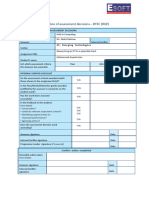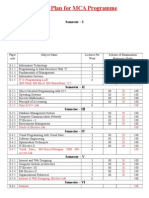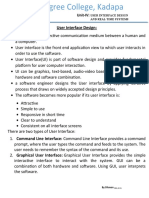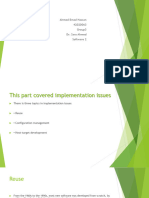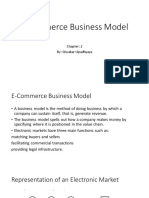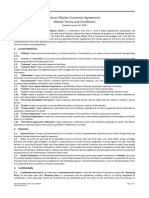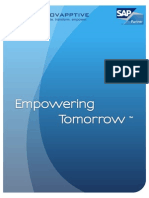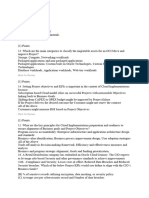0% found this document useful (0 votes)
180 views37 pagesChapter04 Building E Commerce System
E-commerce software simplifies complex online business processes through a user-friendly interface. It comes in on-premise and SaaS (hosted) flavors. E-commerce software helps with marketing, shipping/taxes, managing products/orders/customers, and enhancing user experience. Building catalogs and shopping carts are important aspects of developing an e-commerce website. Transaction processing systems monitor transaction programs and can process transactions in batches or real-time. APIs enable data sharing and connectivity between e-commerce platforms and other systems like ERP, inventory, orders, customers, and more.
Uploaded by
Bibek karnaCopyright
© © All Rights Reserved
We take content rights seriously. If you suspect this is your content, claim it here.
Available Formats
Download as PDF, TXT or read online on Scribd
0% found this document useful (0 votes)
180 views37 pagesChapter04 Building E Commerce System
E-commerce software simplifies complex online business processes through a user-friendly interface. It comes in on-premise and SaaS (hosted) flavors. E-commerce software helps with marketing, shipping/taxes, managing products/orders/customers, and enhancing user experience. Building catalogs and shopping carts are important aspects of developing an e-commerce website. Transaction processing systems monitor transaction programs and can process transactions in batches or real-time. APIs enable data sharing and connectivity between e-commerce platforms and other systems like ERP, inventory, orders, customers, and more.
Uploaded by
Bibek karnaCopyright
© © All Rights Reserved
We take content rights seriously. If you suspect this is your content, claim it here.
Available Formats
Download as PDF, TXT or read online on Scribd
/ 37



















